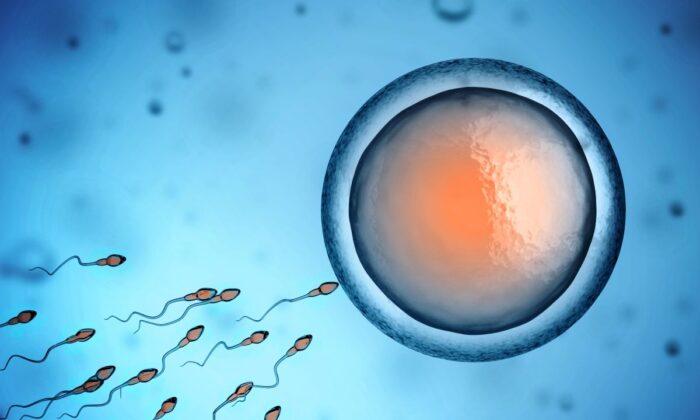With the global decline of sperm quality in recent decades and more and more couples seeking IVF treatment to conceive, understanding the causes of sub-fertility has become a pressing matter.
Researchers from the Infertility and Reproduction Program at Australia’s Hunter Medical Research Institute have now identified a connection between a metabolic process that occurs in both poor quality sperm and other diseases, suggesting that the former may not be an isolated health problem.
The process—known as lipid peroxidation—involves free radicals attacking unsaturated fatty acids in lipid membranes, leading to the degradation of lipids and cell damage.

While lipid peroxidation is normal, it can become toxic to cells under certain conditions, and because sperm are so sensitive to their environment, researchers see them as useful barometers of overall stress throughout the body.
“Infertility is the canary in the coal mine. It’s one of the first things to be affected if there is a problem with environmental stress,” said University of Newcastle researcher Dr. Elizabeth Bromfield.
“There is also two decades of research to suggest that sub-fertile men die younger and live less healthy years, so it’s not just about men’s ability to conceive. It’s also about their overall mortality.”
Understanding and Reducing the Impact of Lipid Peroxidation
The researchers are now seeking to further understand the role of a protein involved in lipid damage (ALOX15) attributable to the lipid peroxidation process and how it could lead to cell damage seen in many diseases.“We think pharmacological inhibitors might be able to offset that damage in the short-term,” Bromfield said.
She also stressed that IVF clinicians should be ensuring men 25 to 40 years of age who present with poor sperm quality are referred for in-depth health checks and advice on lifestyle interventions.
The full paper on the team’s research findings was published in the journal Nature Reviews Urology.





